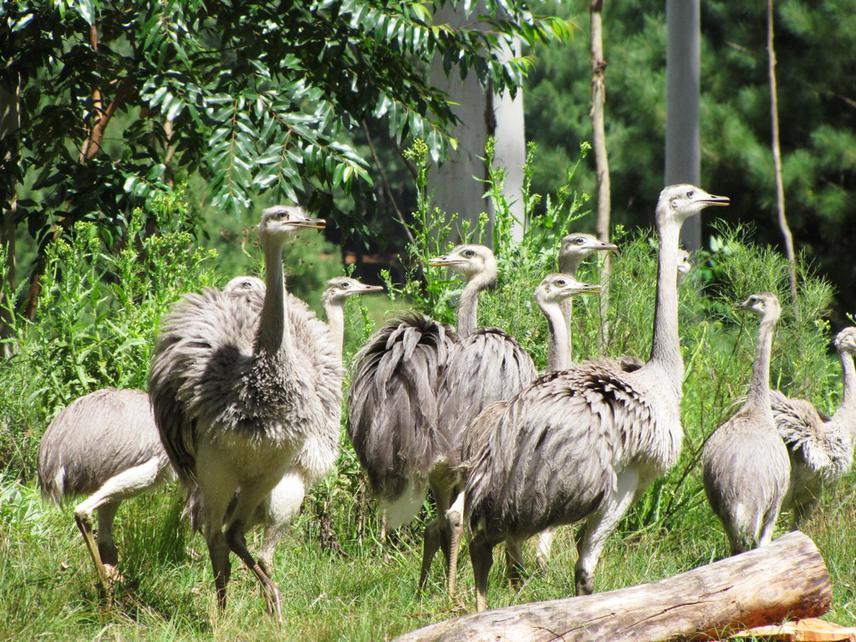Juan Andrés Martínez Lanfranco
Determine avian community parameters including species diversity, abundance and composition in native habitat types and timber plantations from different ages and management regimes at study site; quantify vegetation structure at bird sample points and determine bird-habitat relationships in native habitat types and managed forests; and provide management recommendations for conservation of avian biodiversity in afforested landscapes.

Rhea americana Eucalyptus Plantation.
Temperate grasslands are considered the most altered and endangered ecosystems globally, however lacking formal protection and scarcely represented in protected areas. The Río de la Plata grasslands in South-eastern South America, located within the Pampas biome, is the most extensive grassland ecosystem of the Neotropics, encompassing southeast Paraguay, southern Brazil, central-east Argentina and Uruguay. Pampean grasslands have diminished dramatically as a result of long term land conversion to agriculture use and, more recently, due to expansion of large scale afforestation with exotic tree species. As a result, grassland specialist birds have shown range and population declines. Commercial tree plantations represent a novel and distinct environment in the pampas, where the native matrix is dominated by treeless grasslands and savanna-type open vegetation habitat types. In spite of this, bird communities under different management regimes have not been properly characterized in afforested landscapes in the pampas, and studies are lacking specially in Uruguay. To better understand avian community response to afforestation, we conducted over 1,500 bird point counts within a comparative bird-habitat analysis framework during the breeding season 2013-14 in northern Uruguay (Tacuarembó and Rivera Departments). The study included native (lowland and up-hill grasslands, and forests) and afforested habitat types (loblolly pine and eucalyptus) of different ages and management regimes. Within tree plantations, treatments were identified along combinations of age classes and management regimes, which a priori were hypothesized as different habitat types for birds due to marked differences in vegetation structure. We used rarefaction to compare species richness and evenness, and multivariate techniques to assess community structure between habitat types.
Overall, 3,407 individuals of 112 bird species were recorded. As expected, we found higher species diversity (both species richness and evenness), and composition differences, in native habitats versus plantations. Compositionally, plantations were more similar to native forests than to grasslands, with one exception. Young plantations remained more similar to grasslands than to older plantations or native forests, given that early stages of tree succession is still dominated by open-type vegetation that could be used by grassland facultative birds, though to a much lesser extent by grassland obligates. As plantations age the bird community shifts towards forest generalist assemblages, a subset of the available native forest species pool. Tree plantations of same age under different management regimes (i.e. thinning practices) showed different forest bird communities, though richness did not change. Given that vegetative structure within a gradient of tree growth can be manipulated through management with predicable bird responses, this information could be useful for conservation of bird communities within afforested landscapes. Furthermore, the relative value of tree plantations to bird conservation in these landscapes should be compared to other uses (alternative to the traditional cattle-grazing) like intensive agriculture.